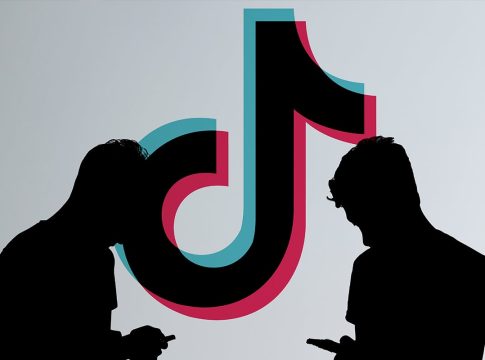TikTok’s Symphony AI: The Rise of Virtual Influencers
TikTok has officially upgraded its Symphony AI advertising platform, a move that is set to redefine the influencer marketing landscape. This innovative update enables brands to generate virtual influencer content, allowing AI avatars to simulate the typical behaviors of human influencers, such as product demonstrations and clothing try-ons. Here’s what you need to know about this intriguing development.
What’s New?
With these enhancements, brands will no longer be reliant on human influencers for generating marketing content. Advertisers can now simply upload product images and provide text prompts to create videos. The AI avatars will handle everything from trying on clothes to modeling products and even showcasing mobile apps.
These capabilities surpass the earlier functionalities of TikTok’s Symphony platform, which had primarily focused on basic video and image generation. Now, brands can expect content that resonates with the familiar influencer format that audiences know and love.
Cost-Effectiveness: A Game Changer
One of the major selling points of this AI-driven approach is cost reduction. Since AI avatars don’t require contract negotiations or specific payment agreements, brands can churn out content at an unprecedented scale without the associated costs of in-person shoots. This opens up opportunities for more frequent and diverse advertising campaigns.
Advertisers can also customize their messaging for specific demographics, and thanks to automated translation features, audio can easily be transformed into multiple languages—a valuable perk for global brands looking to engage different markets.
The Human Element: A Double-Edged Sword?
However, this technological leap comes with a significant caveat for human influencers. The rise of AI avatars poses a real threat to traditional influencer roles. Not only could these synthetic avatars take over certain jobs, but the increased availability of AI-generated content may also drive payment rates downward across the board.
While some influencers may be resistant to this change, TikTok’s investment signals a robust commitment to automating advertising solutions. The shift inevitably raises questions about authenticity in product promotions. Can a virtual avatar offer genuine recommendations, or does its very nature compromise that authenticity?
Safety and Transparency First
In response to concerns, TikTok has mandated that all AI-generated content will be clearly labeled. The platform also emphasizes a thorough safety review process before any content goes live, aiming to build trust and credibility in this new advertising landscape.
Conclusion: The Future of Influencer Marketing
TikTok’s Symphony AI represents a significant advancement in the creator economy. While it promises to streamline advertising processes and minimize costs, it poses challenges for human influencers who may find themselves competing against automated entities. As the lines between social media and technology continue to blur, this development will undoubtedly shape the future of influencer marketing.
Whether you’re a brand looking to capitalize on these opportunities or an influencer watching the landscape evolve, one thing is certain: the digital marketing space is about to get a lot more interesting.

Writes about personal finance, side hustles, gadgets, and tech innovation.
Bio: Priya specializes in making complex financial and tech topics easy to digest, with experience in fintech and consumer reviews.

